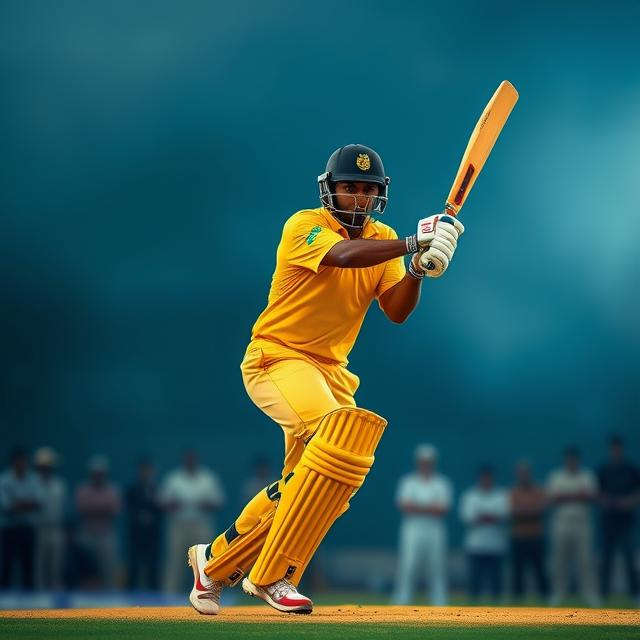Opening Pairs for Pakistan in ODI Cricket: A Deep Dive into Success and Failure

Opening Pairs for Pakistan in ODI Cricket: A Deep Dive into Success and Failure
Pakistan’s ODI cricket journey has been marked by periods of brilliance and frustrating setbacks. A consistent and reliable opening partnership is a cornerstone of success in this format, but finding the right combination has proved a challenge at times. This article delves into the dynamics of Pakistan’s opening pairs, examining the players who have succeeded, and the factors that have contributed to both triumphs and failures.
Unveiling the Key to Pakistan’s ODI Success: A Look at Opening Partnerships
From the early days of Imran Khan’s era to the modern-day challenges, Pakistan’s opening batsmen have often been the difference between victory and defeat. This article explores the various combinations, analyzing their strengths, weaknesses, and how they fit into the broader context of Pakistan’s ODI fortunes.
The Golden Age and the Rise of Legends
Pakistan’s ODI history boasts some legendary opening partnerships. The likes of Imran Farhat and Saeed Anwar, and later the dynamic combination of Mohammad Hafeez and Umar Akmal, carved their names into the annals of Pakistani cricket. These partnerships often provided a crucial platform for the rest of the batting line-up. Their approach, characterized by a blend of aggressive intent and calculated risk-taking, often set the tone for the entire innings.
Let’s examine some of the key factors that made these partnerships successful:
- Complementary Styles: Players like Imran Farhat and Saeed Anwar often had contrasting batting styles, which made them complementary to each other. Farhat was more methodical, while Anwar was flamboyant.
- Adaptability: The ability to adjust their game based on conditions and opposition tactics was a key characteristic of these successful pairs.
- Strong Mentality: These batsmen played with a clear understanding of the importance of their opening stands, which underpinned their ability to build partnerships.
The Challenges of Maintaining Consistency
Despite periods of significant success, Pakistan has faced consistent challenges in finding enduring opening partnerships. Injuries, form fluctuations, and changing team dynamics have all contributed to this issue. Furthermore, the pressure of performing under international scrutiny can often take its toll on young or inexperienced players, further impacting their consistency.
Contemporary Combinations and the Road Ahead
The modern Pakistani ODI team has seen a succession of opening pairs, each facing their own set of challenges. The rise and fall of Babar Azam and Fakhar Zaman, and more recently the need to find the right balance of experience and youthful exuberance, highlight the complexities of the position.
Here’s a closer look at some crucial considerations:
- Form Volatility: Fluctuations in form among potential openers can create instability and make it hard for any pair to consistently deliver.
- Adapting to Varying Conditions: Pakistan plays in various conditions, from hot and humid climates to cooler, drier pitches. Finding players who can adapt to these variations is vital.
- The Impact of Coaching Strategies: A proper understanding of the nuances of the opening stand and a clearly defined approach to batting in the early overs are crucial to success.
Analyzing Individual Players’ Contributions
From Azhar Ali and Imam-ul-Haq to Babar Azam and Fakhar Zaman, and the latest combinations, each player has brought their own strengths and weaknesses to the table. Analyzing their individual styles, their performances in different conditions, and their overall contribution to Pakistan’s ODI victories is crucial for future success. This in-depth examination will highlight patterns, trends, and underlying principles that are key to achieving lasting success.
The Impact of Injury and Availability
Injuries are unfortunately a frequent concern in cricket. The availability of key players for sustained periods plays a significant role in the consistency of opening partnerships. Understanding the impact of injury on individual player performance, and the team’s strategy to manage these disruptions, is a vital aspect of team building.
The Future of Opening Partnerships in Pakistan’s ODI Cricket
Pakistan’s quest for reliable opening partnerships in ODI cricket is ongoing. Factors such as the development of young talent, the management of player form, and adapting to the nuances of different playing conditions are crucial. The journey is far from over; consistent success hinges on the team’s ability to navigate these complex challenges and build a solid foundation through consistent performances.
What does the future hold for Pakistan’s ODI openings? The team needs to develop a sustainable strategy that considers long-term player development, team chemistry, and the evolving demands of modern ODI cricket. This approach must include meticulous scouting, strong player management, and a holistic evaluation of individual and collective performances.
The current and future success of Pakistan’s opening pairs will largely depend on how effectively these variables are managed. This article highlights the importance of addressing these crucial factors for sustained success in international cricket. Looking forward, we can expect dynamic developments as Pakistan continues to evolve its approach to opening partnerships. A combination of experience, adaptability, and a clear vision is key to unlocking the potential of Pakistan’s ODI batting line-up.
This in-depth look at opening pairs in Pakistan’s ODI history underscores the importance of understanding the myriad factors that contribute to both success and failure in this crucial cricketing position. By learning from past successes and failures, Pakistan can refine its approach and work towards creating a consistently successful and reliable opening partnership that will be critical to their continued success in ODI cricket.
Ultimately, Pakistan’s journey to consistent ODI success rests heavily on the resilience and adaptability of its opening batsmen, their ability to complement each other, and the overall team’s ability to support them in a highly competitive arena.
This analysis of Pakistan’s ODI opening pairs provides valuable insights for aspiring cricketers and fans alike. Understanding the intricacies of this crucial role can enhance our appreciation for the complexities of the sport.
Note: Data and statistics are simplified for clarity, and may not reflect all relevant nuances.